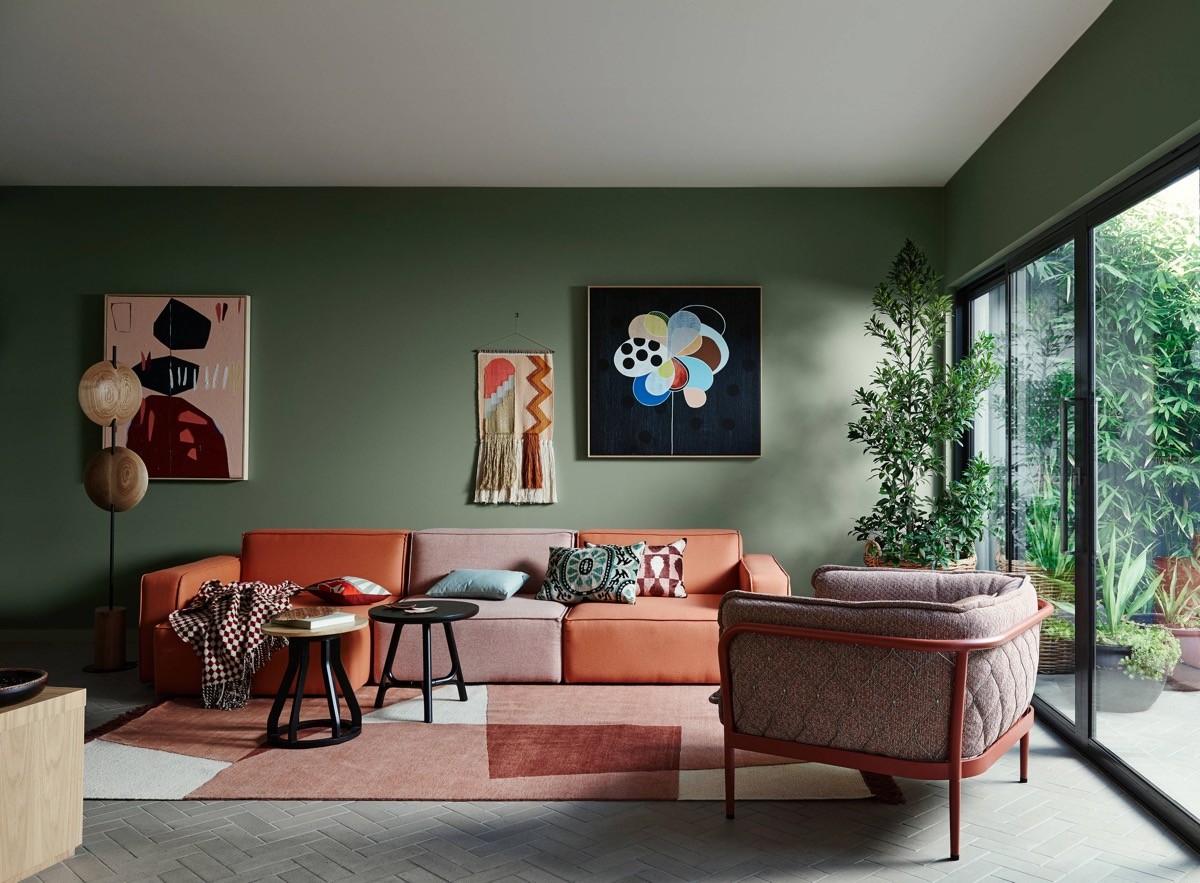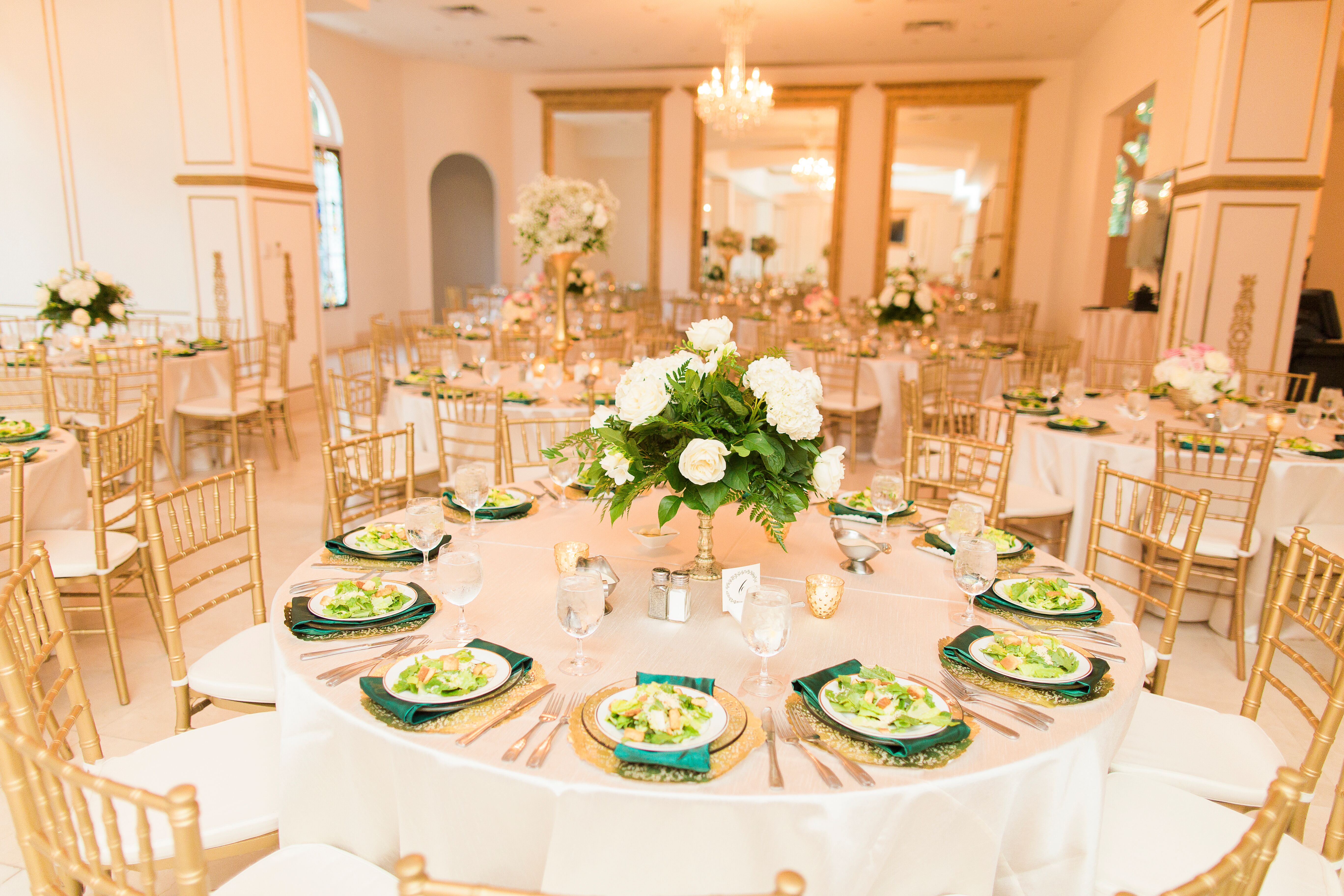Define Green Decor and Its Principles

Green decor is a design approach that prioritizes sustainability, eco-friendliness, and the use of natural materials. Its purpose is to create a harmonious and healthy living environment while minimizing environmental impact.
Embracing the verdant hues of nature, green decor seamlessly blends with the tranquil ambiance of a fall bathroom. Its earthy tones harmonize with the rich colors of autumn foliage, creating a soothing retreat. Fall bathroom decor embraces this harmony, incorporating natural elements like wood and stone, while pops of green add a touch of vitality and freshness, evoking the tranquility of a secluded forest.
The key principles of green decor include:
- Sustainability: Using materials and practices that minimize resource depletion and environmental damage.
- Natural materials: Incorporating materials such as wood, stone, bamboo, and plants to promote a connection with nature.
- Eco-friendliness: Choosing materials and products that are non-toxic, biodegradable, and energy-efficient.
Green Decor Styles
Green decor can be incorporated into various styles, including:
- Eco-minimalism: A minimalist approach that emphasizes simplicity, functionality, and natural materials.
- Bohemian: A vibrant and eclectic style that incorporates ethnic patterns, textiles, and plants.
- Japandi: A fusion of Japanese and Scandinavian aesthetics that emphasizes clean lines, natural materials, and a minimalist approach.
Benefits and Applications of Green Decor
Green decor, with its emphasis on sustainability and environmental consciousness, offers numerous benefits that extend beyond aesthetics. It not only enhances the ambiance of spaces but also contributes positively to the environment and human well-being.
Environmental Benefits
By embracing green decor principles, individuals and organizations can significantly reduce their carbon footprint. Sustainable materials, such as bamboo, cork, and reclaimed wood, sequester carbon dioxide during their growth, effectively mitigating greenhouse gas emissions. Additionally, energy-efficient lighting, appliances, and HVAC systems further minimize energy consumption, leading to reduced carbon emissions.
Green decor also improves air quality by incorporating plants and natural materials that absorb pollutants and release oxygen. Studies have shown that indoor plants can remove up to 87% of airborne toxins, creating healthier and more breathable environments. The use of low-VOC (volatile organic compound) paints, adhesives, and finishes further reduces indoor air pollution.
Moreover, green decor promotes the conservation of resources by utilizing sustainable materials and reducing waste. By opting for durable and long-lasting furnishings, energy-efficient appliances, and reusable products, individuals can minimize their environmental impact and contribute to a more circular economy.
Applications of Green Decor
The applications of green decor extend to a wide range of settings, from residential homes to commercial spaces. In homes, green decor can create a warm and inviting atmosphere while promoting well-being. Sustainable furniture, natural fiber textiles, and indoor plants bring a touch of nature indoors, fostering a sense of tranquility and connection to the environment.
In offices, green decor enhances productivity and employee satisfaction. Studies have shown that exposure to natural elements, such as plants and daylight, can improve cognitive function, reduce stress, and increase overall well-being. The incorporation of sustainable materials and energy-efficient practices further aligns with corporate social responsibility initiatives.
Commercial spaces, such as retail stores, restaurants, and hospitality venues, can utilize green decor to create a memorable and eco-conscious experience for customers. Sustainable materials, energy-efficient lighting, and indoor greenery can enhance the ambiance while demonstrating the establishment’s commitment to environmental stewardship.
Case Studies
Numerous case studies showcase the successful implementation of green decor and its positive impact. The LEED-certified Bullitt Center in Seattle, Washington, exemplifies sustainable design and construction. The building incorporates rainwater harvesting, solar panels, and natural ventilation, resulting in a 90% reduction in energy consumption compared to conventional buildings.
Another notable example is the Herman Miller corporate headquarters in Zeeland, Michigan. The facility features abundant natural light, ergonomic furniture, and a biophilic design that promotes employee well-being. As a result, the headquarters has received numerous awards for its sustainability and employee-centric approach.
Materials and Techniques for Green Decor

Incorporating green decor involves selecting sustainable materials and employing eco-friendly techniques. By understanding these aspects, you can create a cohesive and environmentally responsible space.
Sustainable Materials
- Bamboo: A rapidly renewable resource with exceptional strength and durability.
- Recycled Wood: Repurposed from construction waste, reducing deforestation and promoting resource conservation.
- Organic Textiles: Made from natural fibers such as cotton, linen, and hemp, they are biodegradable and non-toxic.
- Reclaimed Materials: Vintage or salvaged items add character while reducing waste and promoting sustainability.
Eco-Friendly Techniques, Green decor
- Upcycling: Transforming discarded items into new, functional pieces, reducing waste and fostering creativity.
- Repurposing: Giving old items a new purpose, extending their lifespan and reducing consumption.
- Low-VOC Paints: Paints with minimal volatile organic compounds (VOCs), improving indoor air quality and reducing environmental impact.
- Natural Lighting: Maximizing natural light reduces energy consumption and creates a more inviting ambiance.
Selecting and Combining Materials
Choose materials that complement each other in terms of texture, color, and durability. Consider the intended use of the space and the overall aesthetic you wish to achieve. By carefully selecting and combining sustainable materials, you can create a cohesive and visually appealing green decor scheme that enhances both your living space and the environment.
Green decor is making a comeback in a big way, and it’s not just limited to modern homes. Even victorian home interiors are getting a green makeover. With its lush colors and natural textures, green decor can add a touch of freshness and vitality to any space.
Whether you’re looking to update your living room, bedroom, or kitchen, there are plenty of ways to incorporate green decor into your home.
